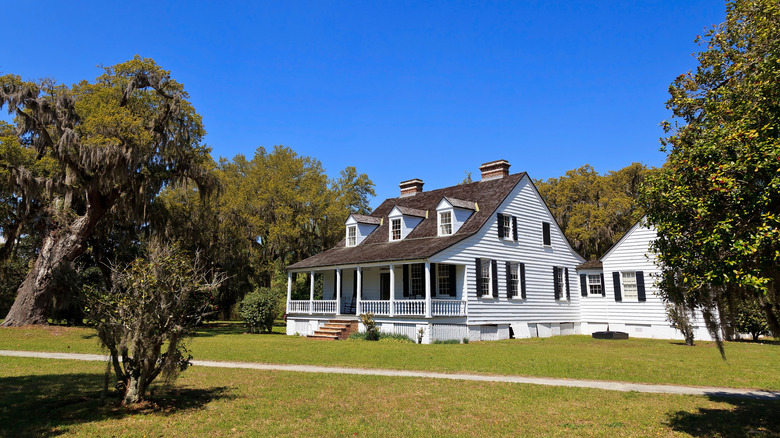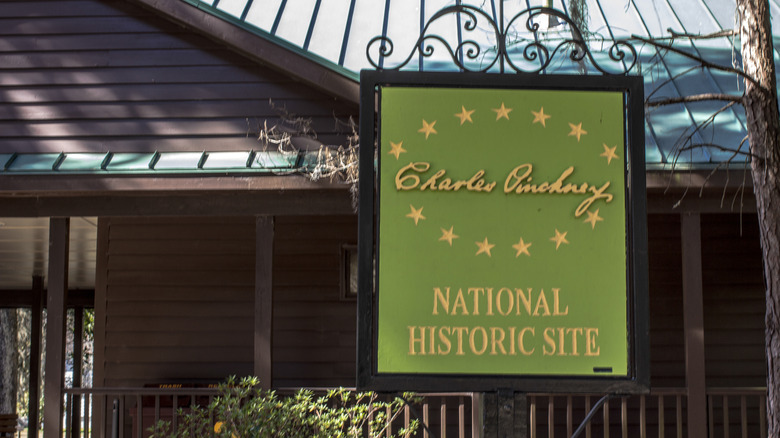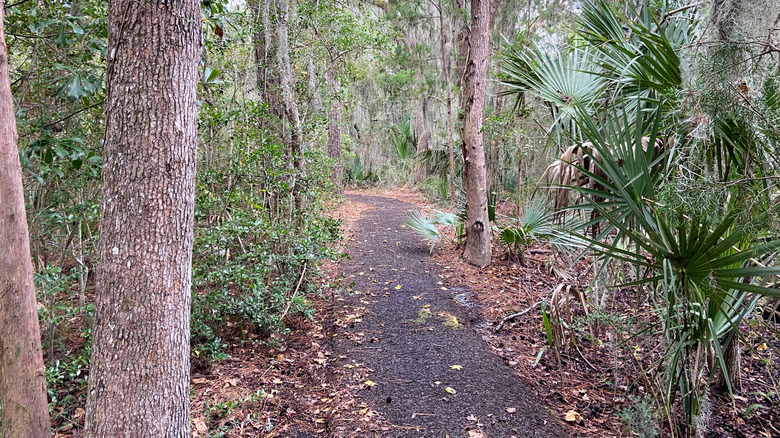The Home Of America's 'Forgotten Founder' Is A South Carolina National Historic Site Cottage Gem
Less than 20 miles east of Charlotte rests a piece of history that celebrates a founding father often overlooked in the history books. Charles Pinckney's name may not be as familiar as those of Alexander Hamilton or Benjamin Franklin. However, his legacy as an original framer and signer of the United States Constitution, as well as his service as governor of South Carolina for over 40 years, is preserved in a National Historic Site bearing his name. A commemoration of the first decades of American history, the Charles Pinckney National Historic Site invites visitors to explore a Lowcountry farmhouse that doubles as a visitor center and museum.
Inside, educational programs and museum exhibits include several brief films that illustrate Pinckney's influence in the late 18th century. While the historic home that currently houses the museum was not inhabited by Pinckney, it provides historical context within its 1828 frame. Educational programs for both adults and children are available. Outside, the land upon which the museum rests is called Snee Farm, and it offers 28 acres of preserved plantation to explore. A half-mile walking trail provides information about the existing home, along with exhibits that share historical details on archeological excavations and the agriculture that funded the plantation, which once stretched over 715 acres. There's even a boardwalk offering views of the marshlands that nourished the farm.
The farm's place in history predates the Constitution
Snee Farm predates Charles Pinckney by nearly 60 years. In fact, it was initially a 500-acre land grant given to one Richard Butler in 1696. However, it wasn't until 1754 that the land was sold to Pinkney's father, Colonel Charles Pickney, who eventually passed it on to his son. In 1973, the Snee Farm Plantation was listed on the National Register of Historic Places.
The land was almost razed in the 1980s, however, when an investment property planned to develop a neighborhood with 40 residential lots. Almost immediately, Friends of Snee Farm formed and saved the historic landmark. In 1990, the land was designated as part of the U.S. National Park Service and became the Charles Pinckney National Historic Site it is today.
Since it was saved by the Friends of Snee Farm, archaeologists have discovered the remains of several structures from Pinkney's era. Outbuildings, including a well, kitchen, and housing for enslaved people, have been uncovered. Today, visitors to the site can see how the area's agriculture made the farm thrive and offers a similar experience to Magnolia Plantation and Gardens in Charleston, a place where visitors can learn more about the estate's complex and painful history.
Tips for visiting Charles Pinckney Historical Site
Charles Pinckney Historical Site is free to visit, and no passes or reservations are required. However, it does operate on a seasonal schedule. At the time of this writing, the farm and museum are open from 9 a.m. to 4:30 p.m. from early May to late September. The grounds of the site are open 9 a.m. to 5 p.m. year-round, but are inaccessible on Thanksgiving, Christmas, and New Year's Day. Note that the entire historical site is closed on Mondays and Tuesdays.
If you're looking to make your visit more than just a day trip, consider staying in nearby Mount Pleasant, which is full of history, waterfront views, and lots of fresh seafood. Remember to dress for the season. Summers in this area of South Carolina are hot and humid, while winters are typically mild.
For young history lovers, the site offers a self-guided Junior Ranger program for children aged 5 and older. Program booklets are available on-site or at the nearby Fort Moultrie Visitor Center on the pristine Sullivan's Island, which boasts a spectacular 2.5-mile sandy beach fronting the Atlantic Ocean. Those who complete the tasks in the book receive an official Charles Pinckney Junior Ranger badge shaped like an arrowhead with a very appropriate quill signing the Constitution.


